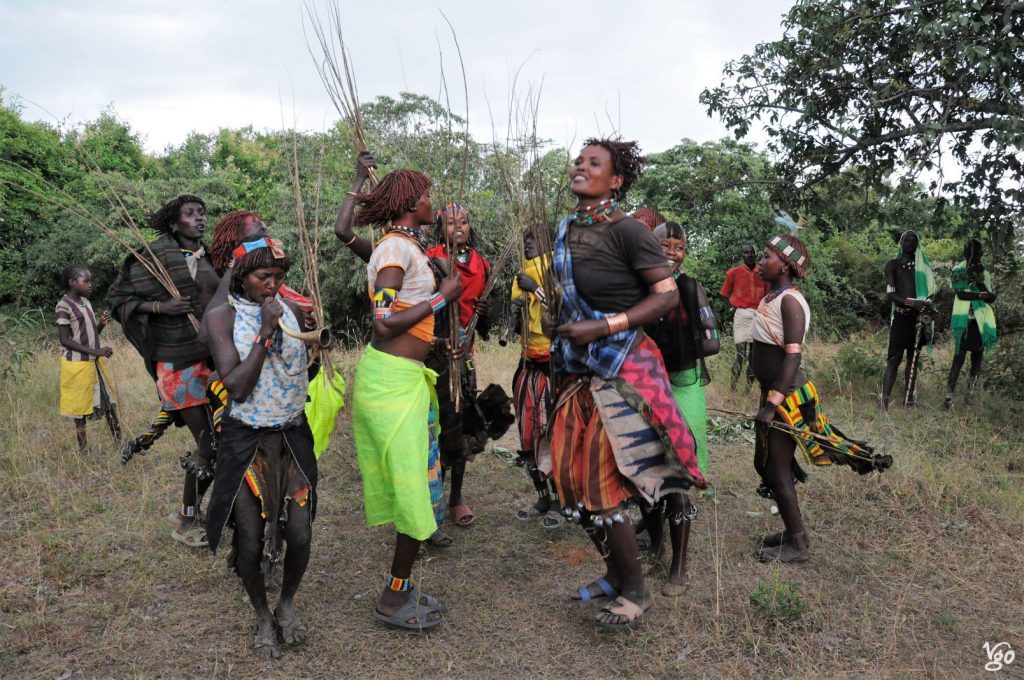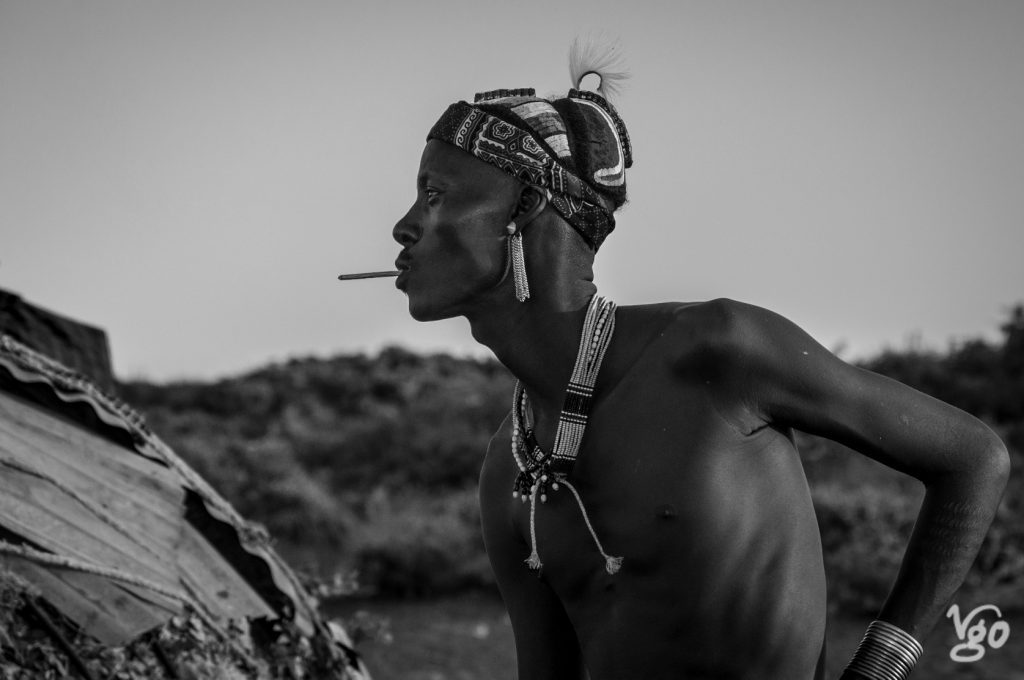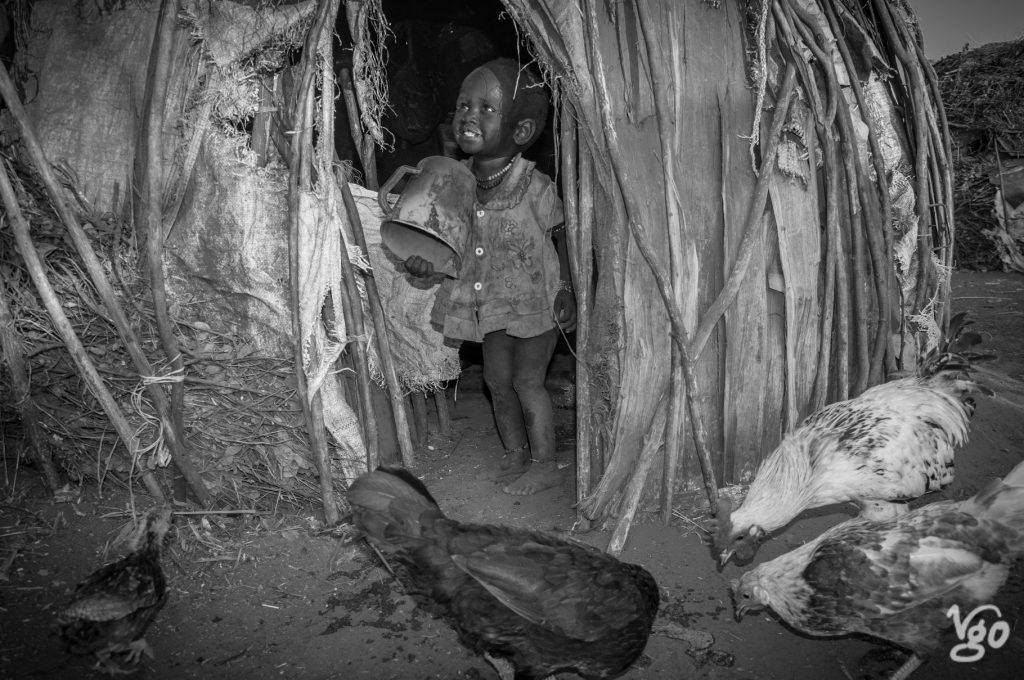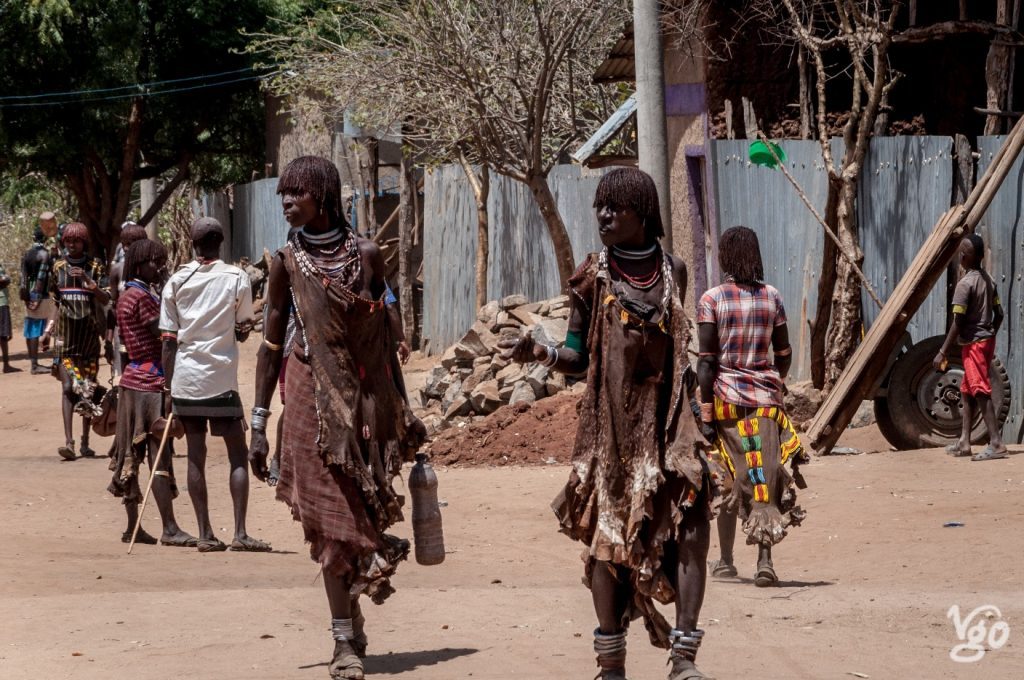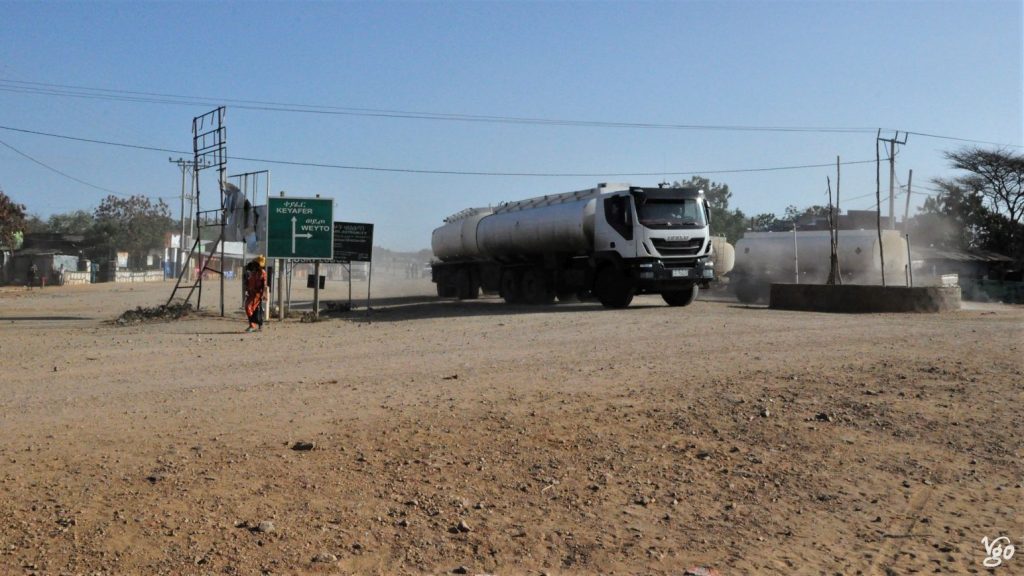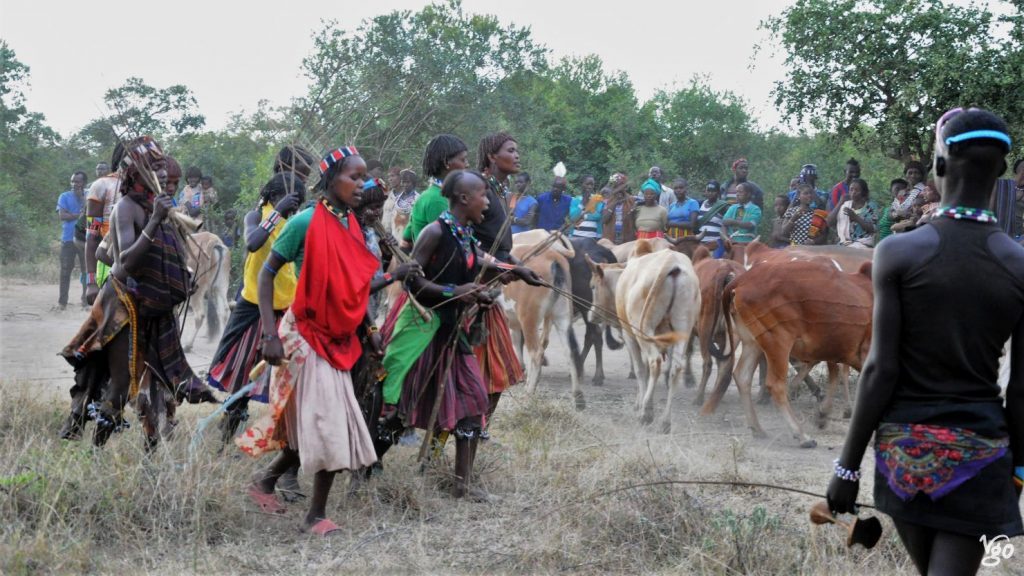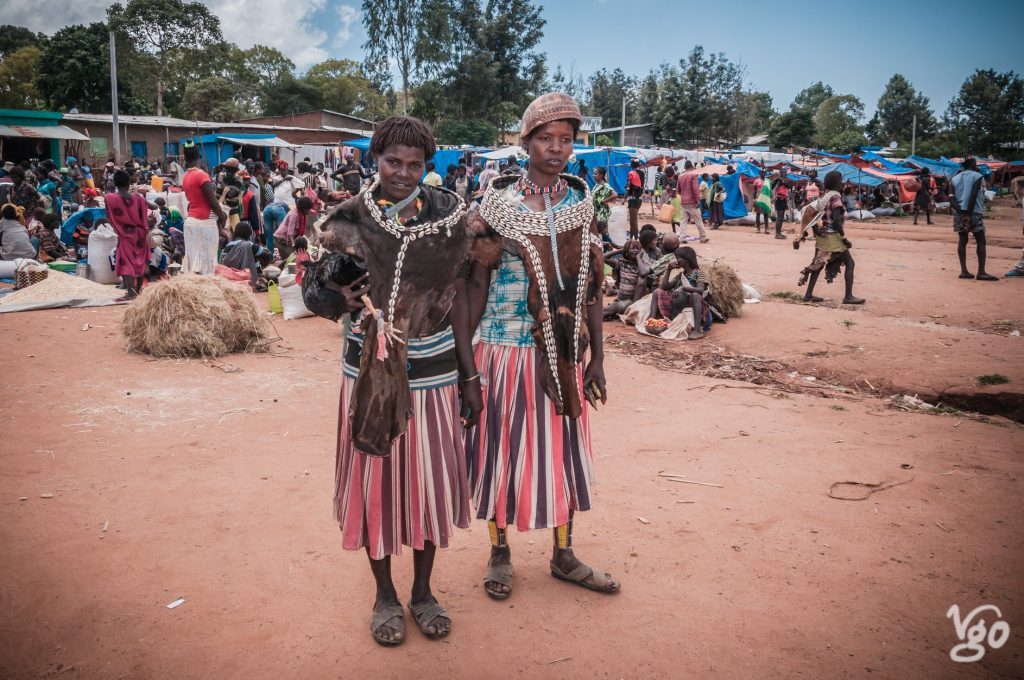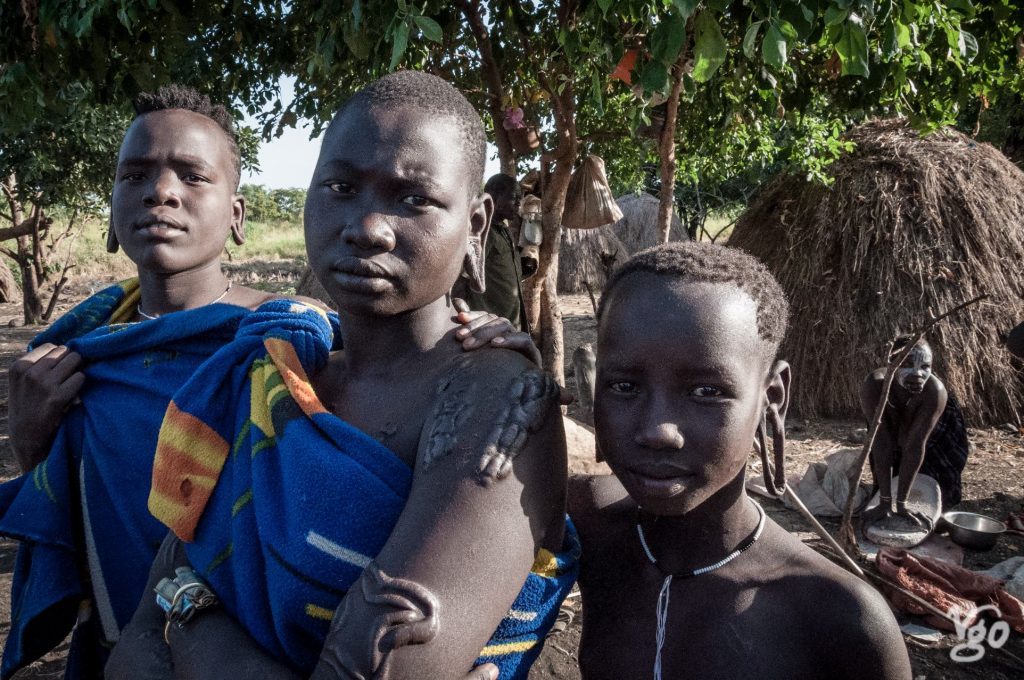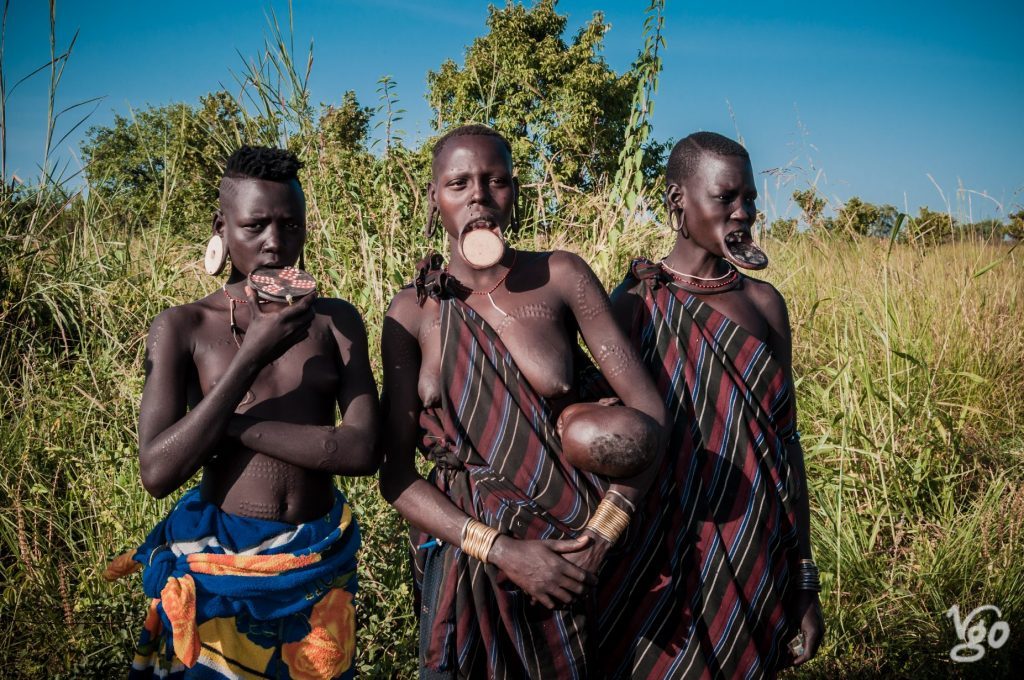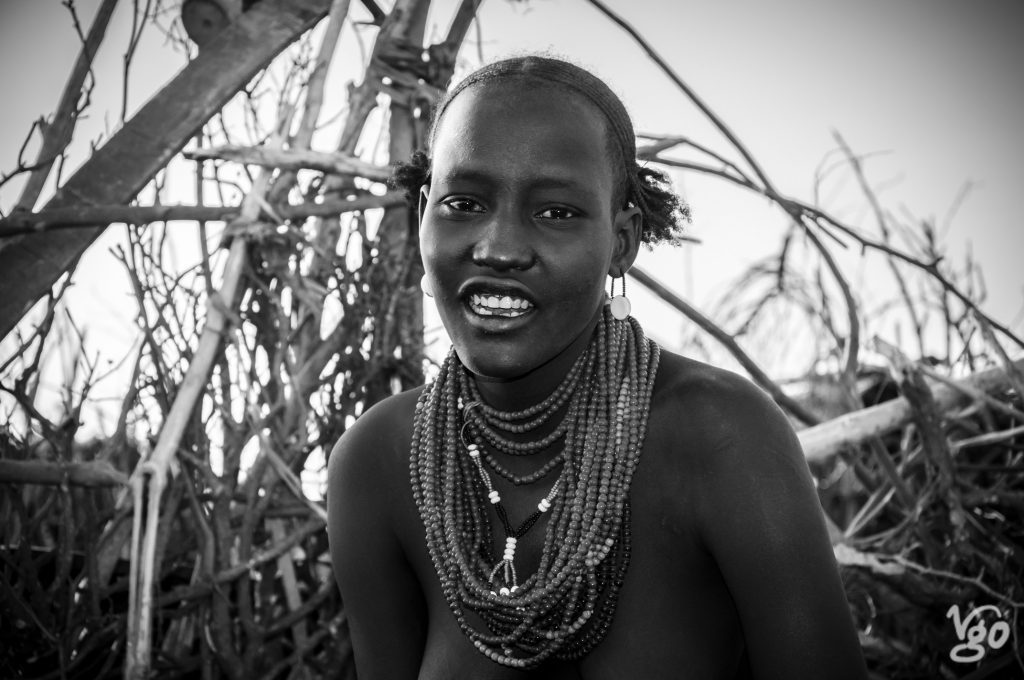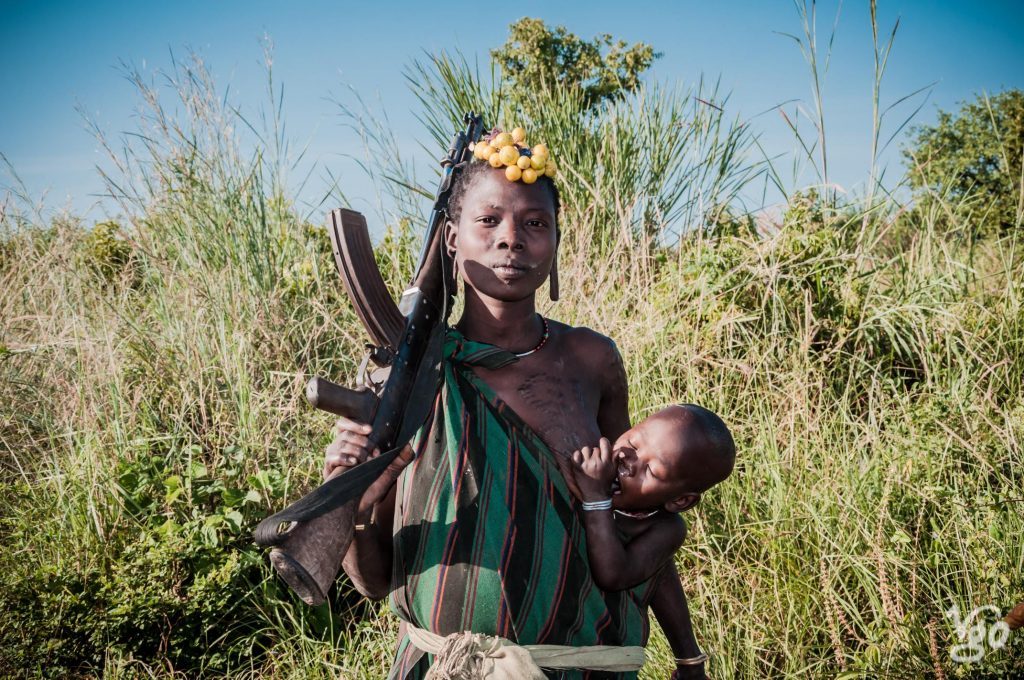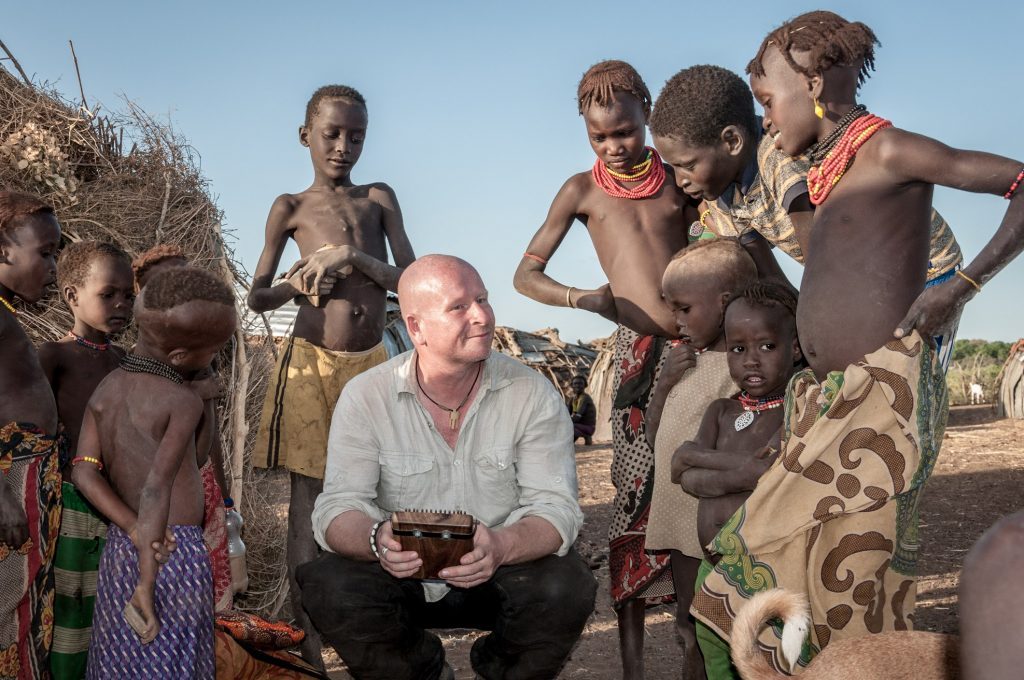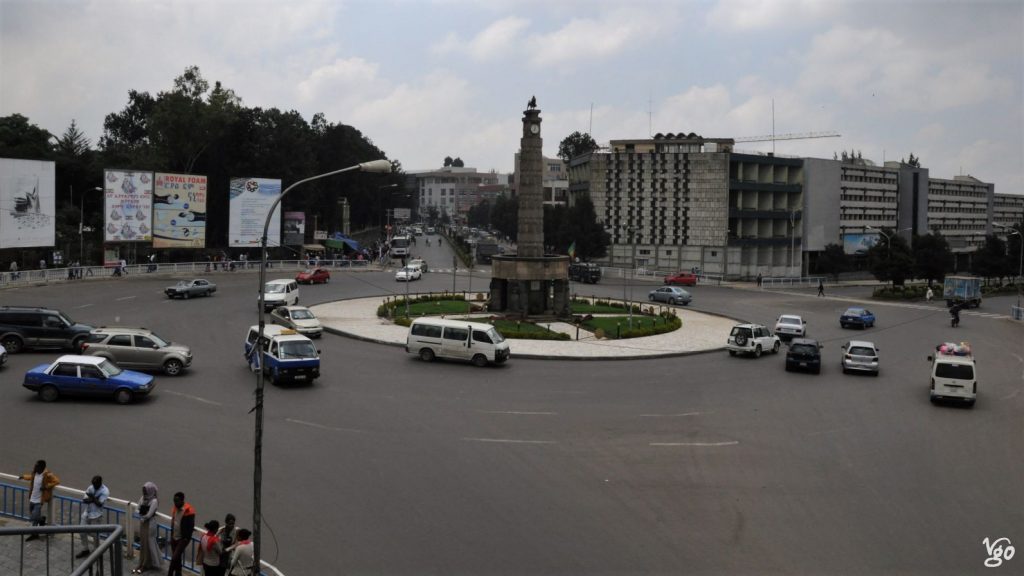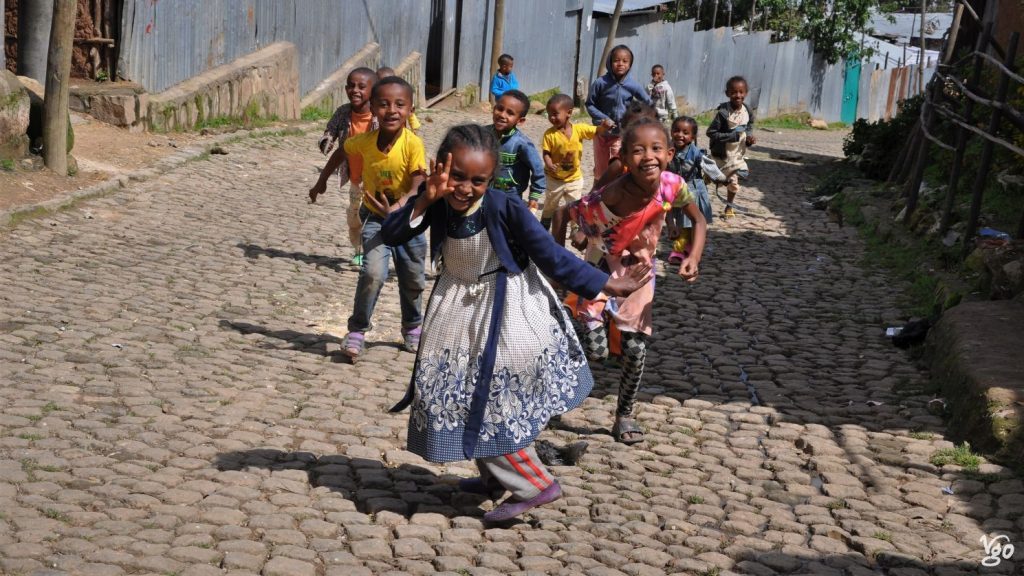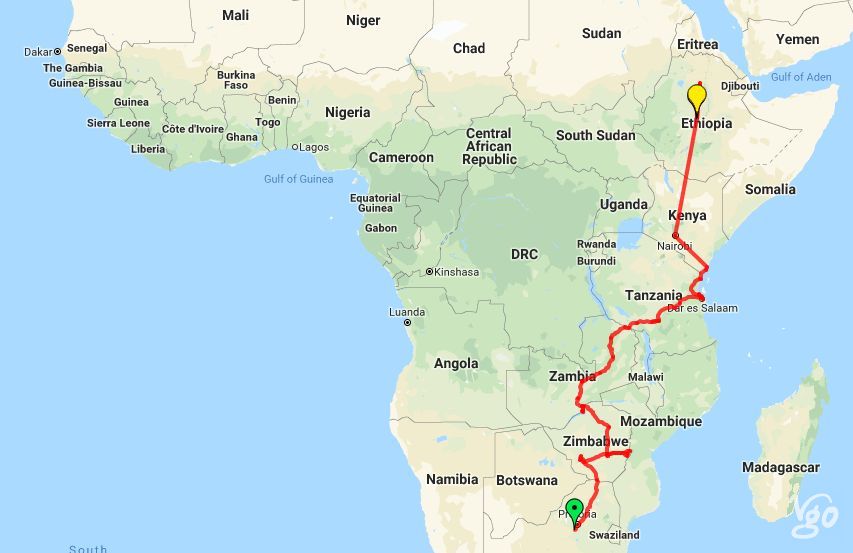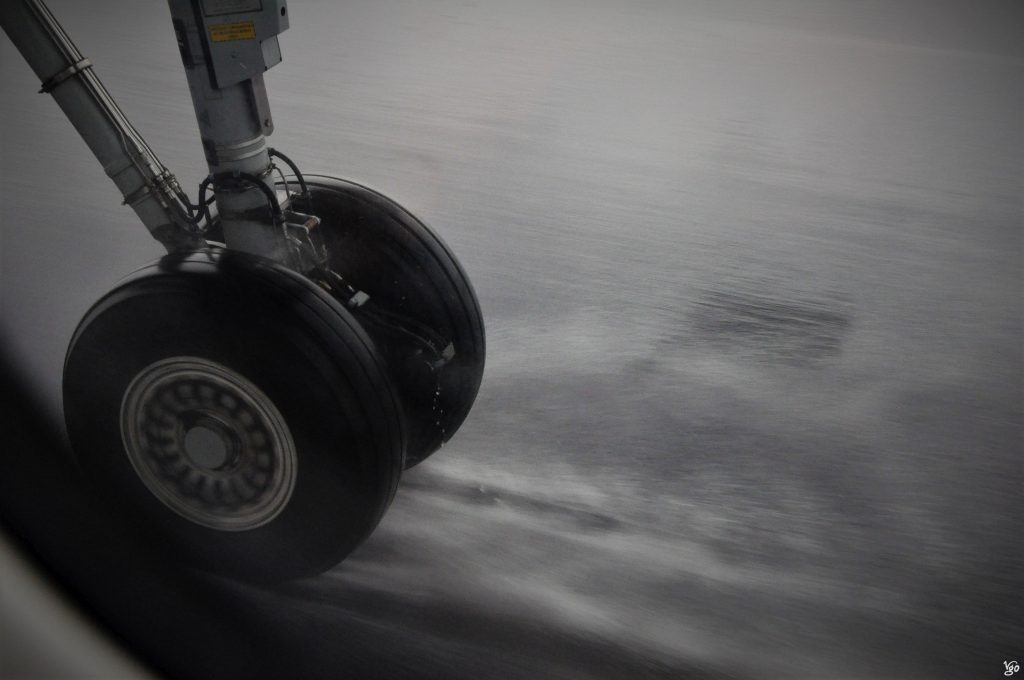
Addis Ababa airport. As for a farewell, Africa has given me a treat of what the negative stereotypes about her hold in store: cancelled flights, bad service delivery, lack of water, and now quite some chaos at the airport. I feel obliged to add: obstacles like this amassed, that’s new to me here. My Africa year up to here, the last few days, has been mostly smooth, so much so that I can wholeheartedly dismiss the negative stereotypes as prejudices. That, however, doesn’t mean negatives don’t occur. They are just not as “typical” as the prejudices would have them. So here I go, through a row of obstacles on my way out.
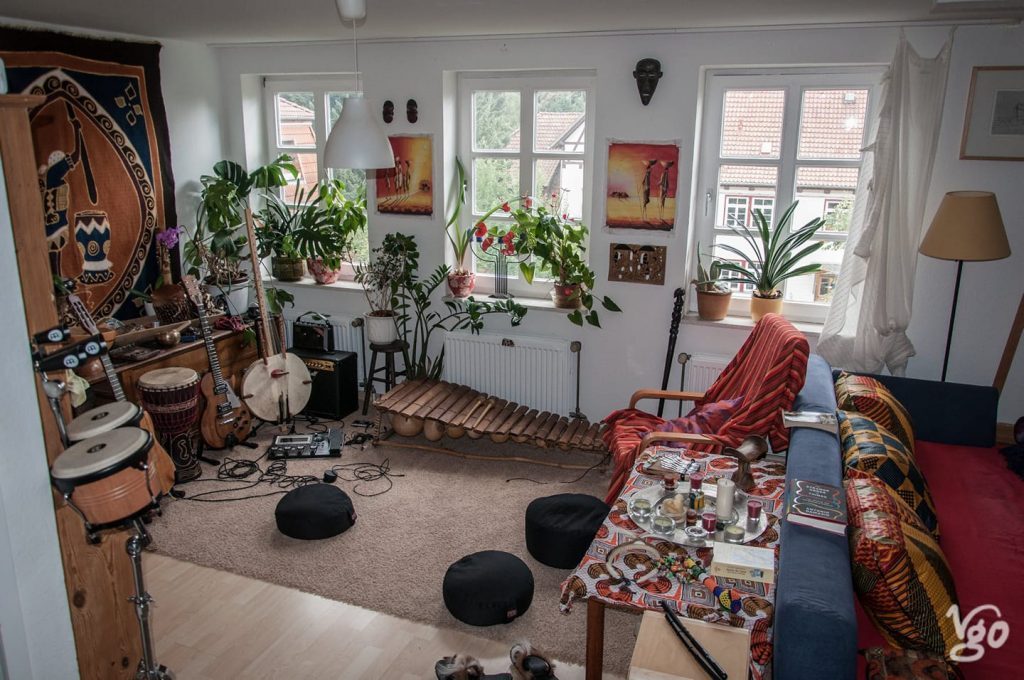
the music corner in my flat
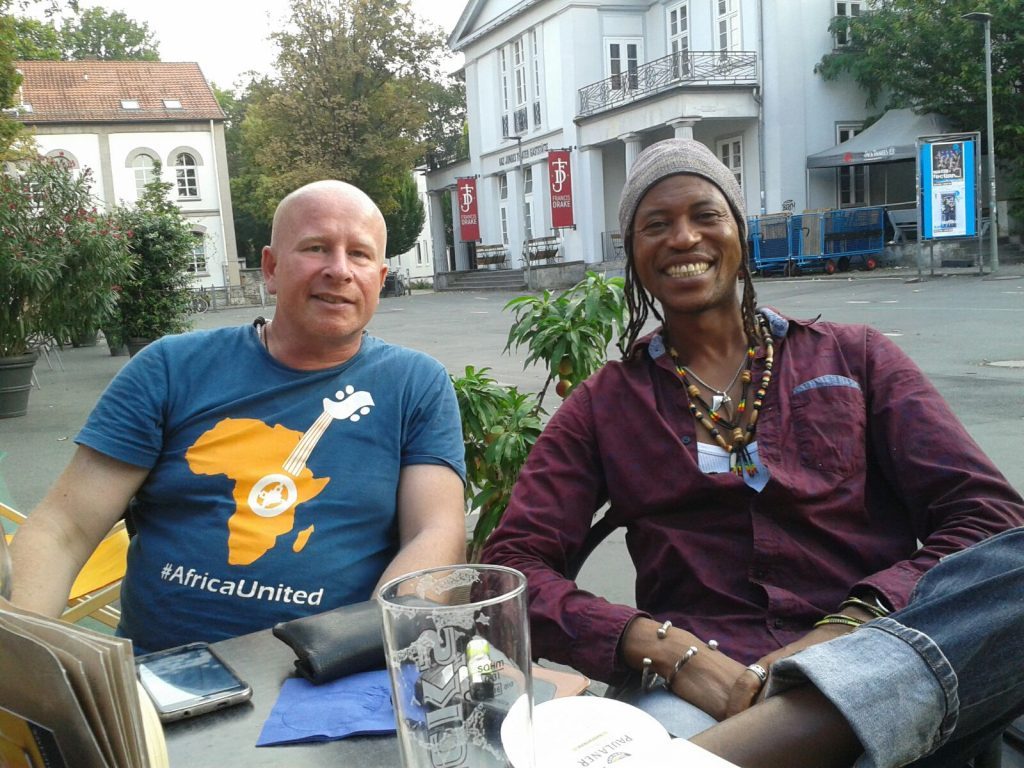
back with Ibs and my drumming group

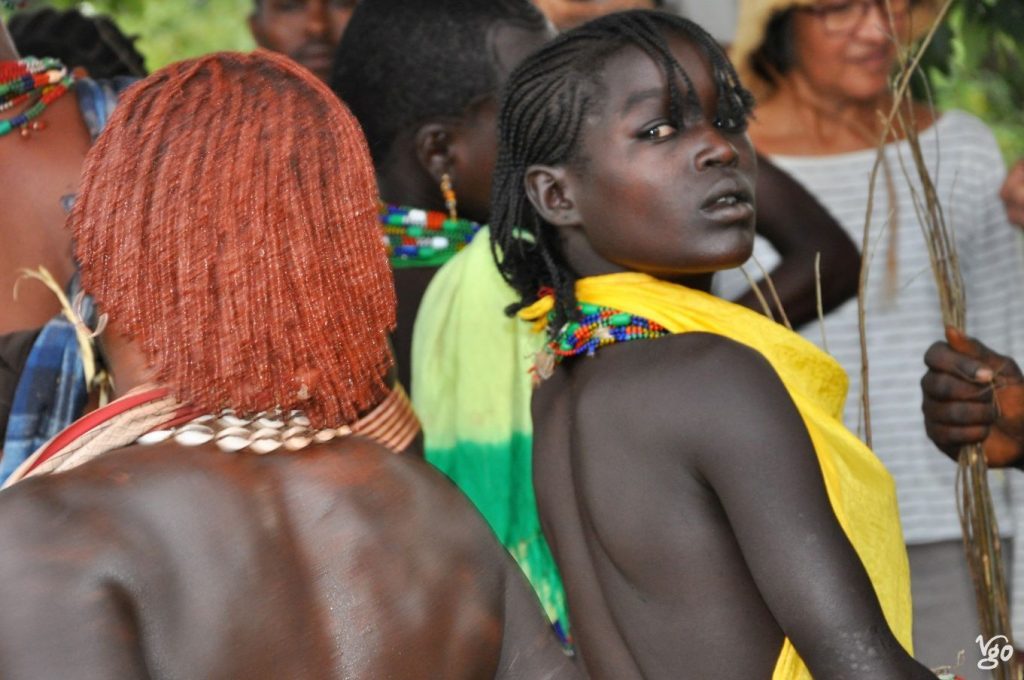 What happens? A few young boys take up some rods, smoothen them (I guess so they don’t break), and then whip across the arms or the back of women, preferably in such a way that the skin breaks, leaving a bloody streak that will turn into a scar. It’s referred to as “culture” (here
What happens? A few young boys take up some rods, smoothen them (I guess so they don’t break), and then whip across the arms or the back of women, preferably in such a way that the skin breaks, leaving a bloody streak that will turn into a scar. It’s referred to as “culture” (here 